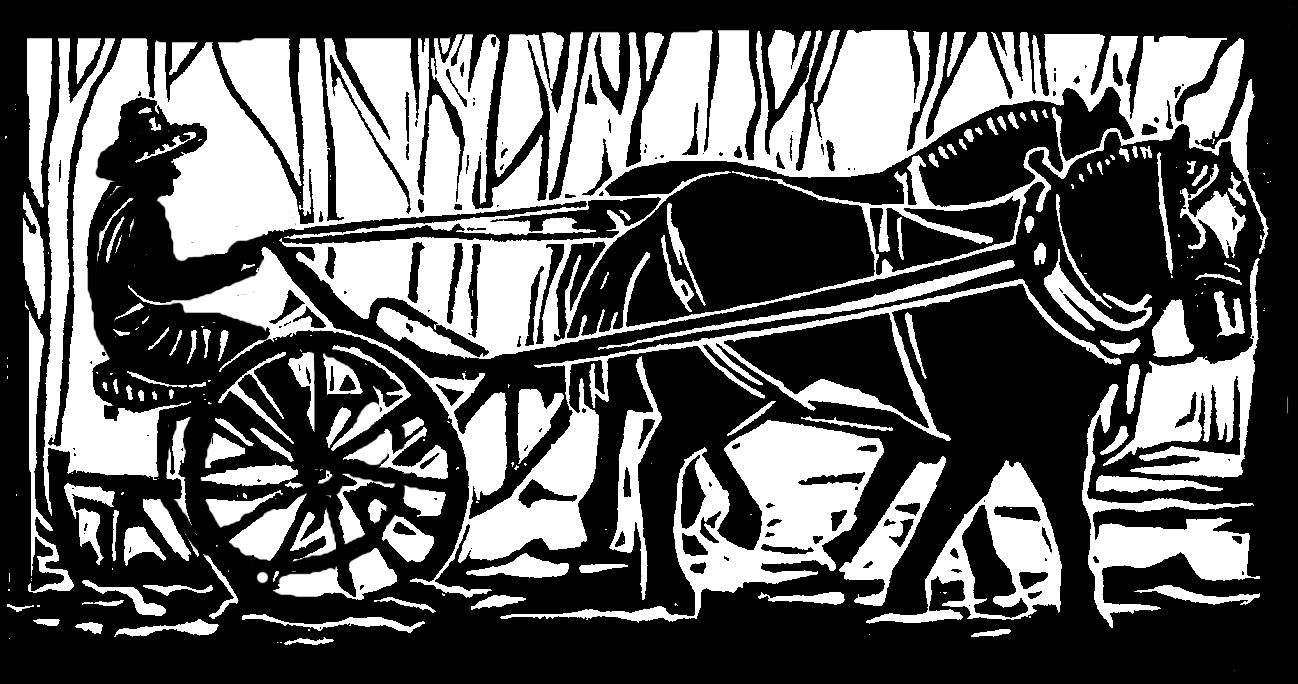My fellow vegetable farmer loves pizza. He claims he could eat it every night for supper.
“Every night?” I say, making a face. I like variety in my meals.
“Well, maybe every other night. We could have pasta in between,” he says, his eyes lighting up at this exciting meal plan.
“You should have been a pizza farmer. Or a pasta farmer. You could have amber waves of grain. What are you doing growing vegetables?”
My fellow grins and shrugs. “I'm halfway to pizza. Look at this.” He shows me a new seed catalog, where he's circled all the tomato varieties he wants to try next season. “See all these delicious tomatoes? They're practically pizza. And look here, onions, and peppers, and spinach and broccoli, for pizza toppings.”
I just laugh. “I'm the one who puts the vegetables on the pizza! You would be happy with cheese!”
“Nuh-uh,” he says. “I want lots of tomatoes, a nice thick sauce. Yum!” He circles some more tomato varieties, and falls into a January-vegetable-farmer-drooling-over-seed-catalogs daze. He is in a tomato-growing, pizza-eating dream.
I, however, am not thinking of pizza, at least not the kind of pizza my fellow dreams about. I am thinking of our root cellar full of vegetables and our freezer full of vegetables, stored for the winter. I am thinking how handy and thrifty and sustainable it is to be a vegeterian when one is a vegetable farmer. And I am also thinking of my digestive system, which seems considerably happier on a vegetable diet, rather than a pizza and pasta diet.
Thus I embark on the Great Vegetable Pizza Adventure. Long, long ago, when my digestive system was young and willing, and my zucchini harvest was overflowing, I tried a zucchini crusted-pizza, a recipe from our dog-eared copy of the Moosewood cookbook. Alas, my penciled notation read, “Yuk! Way too eggy.” The evolution of my tastes and diet is clear through my additional notes: the next one said, “I have learned to like this!” and the third one says, “Very good!”
The recipe calls for eggs, cheese, herbs, a little flour, and two cups of grated zucchini. It was easy to substitute yellow squash for zucchini when necessary, and cornmeal or rice flour for the wheat flour.
But one winter, I ran out of grated zucchini and grated yellow squash. I found another recipe, for a cauliflower pizza crust. Now, I love cauliflower, but let me say that a cauliflower pizza crust is nothing like a regular pizza crust, in my thinking. It really tastes like cauliflower, and cauliflower is not a subtle vegetable. Plus I had to eat it with a fork. “This is not a pizza!” I proclaimed. “This is a casserole!”
“It's a pretty good casserole, though,” said my nice fellow, trying a bite, between slices of his delicious homemade wheat crust regular pick-up-able pizza.
“Huh,” I said. “I'm going to try something else. I have a lot of beets. I'm going to make a beet crust. I love beets!”
And yes, I do love beets, but a beet crust pizza is almost unbelievably sweet. “This is not a pizza!” I said. “This is too sweet! Even if I can pick it up in a slice, and not by the forkful!”
But I did have plenty of carrots in the root cellar that year too. Carrots made a pretty good pizza crust. Carrots and beets mixed together made a pretty good pizza crust. And then last year, when the carrots and beets were all gone, I was reduced to the rutabaga. I hasten to add that I love rutabagas.
My fellow raised his eyebrows. “Rutabaga pizza?”
My dear daughter, who does not love rutabagas, politely turned her head away at the idea.
Undaunted, I fetched my rutabagas. I washed them, trimmed them, grated them, mixed them up with eggs, cheese, herbs, and cornmeal. I baked my rutabaga crust, topped it with tomato sauce, more cheese, onions, peppers. Then I waited.
Ding! Ding ! Ding! went the timer. At last! My rutabaga pizza! The most delicious vegetable pizza crust in the world! Slightly sweet, like a rutabaga, but not too strongly flavored, and it holds together nicely. I even let my fellow and my daughter try a bite. “That's pretty good,” they said, surprised.
“Yum,” I answered.
Now, when my fellow suggests pizza for supper every night, I agree, at least about once a week. The Great Vegetable Pizza Adventure continues: this year, stored in my root cellar, I have lots of daikon radishes, which surprised us very late in the season by their vigorous growth in the greenhouse.
Mmm. Doesn't that sound yummy? Daikon Radish Pizza!
Originally published in the Monadnock Shopper News, Jan 18 - Jan 24, 2017
